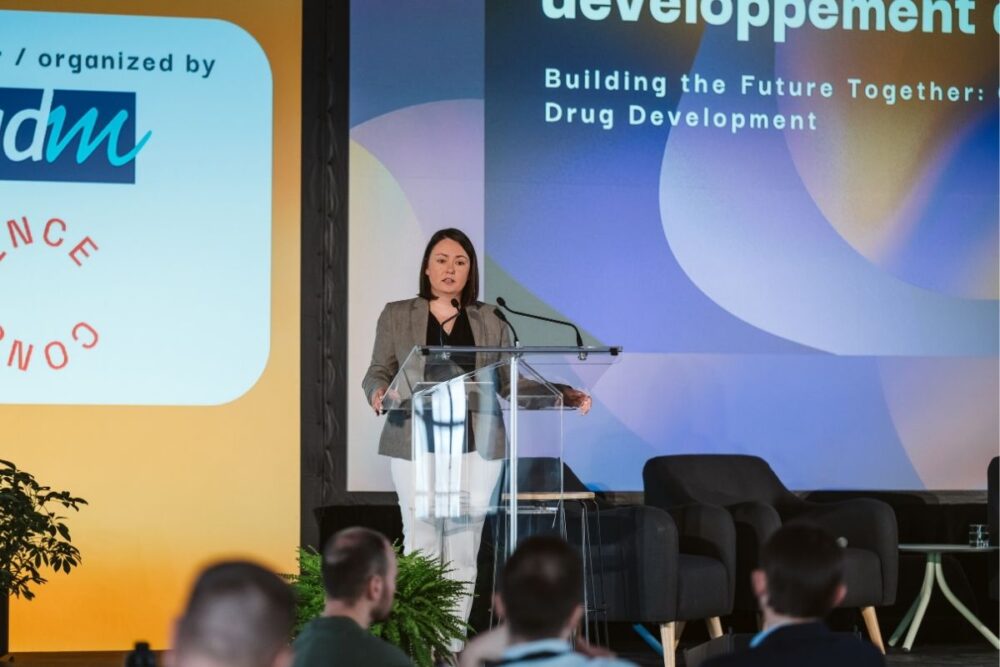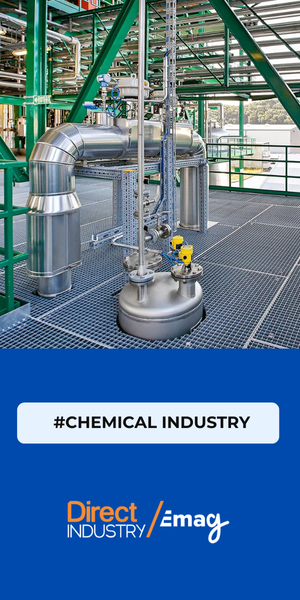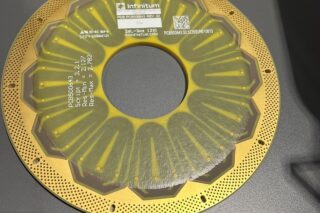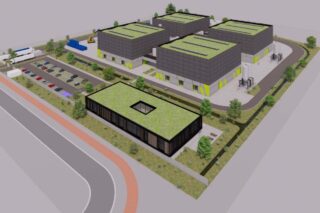Quebec is positioning itself as a future heavyweight in the booming field of RNA-based therapies. With a bold $20.3 million CAD public investment, the newly created AReNA hub aims to make the French-speaking Canadian province a major international player in RNA biotechnology. This initiative is a cornerstone of Quebec’s broader Life Sciences Strategy.
From Pandemic to Potential: RNA Enters the Spotlight
The COVID-19 pandemic brought RNA to center stage, with mRNA vaccines from Pfizer and Moderna leading a swift and effective global response. But research into RNA dates back nearly two decades. Today, there is growing consensus in the scientific community that RNA could revolutionize treatments for cancer, rare diseases, and more.
Riding this momentum, Quebec is building an industrial pipeline for RNA-based therapies. Spearheading this effort is the AReNA hub, launched just a year ago.
At the Effervescence 2025 life sciences event in Montreal this April, we met with key stakeholders shaping this 100% Quebec-grown RNA ecosystem.
Science Meets Strategy: A Province Mobilized
“The pandemic gave RNA its ‘Oscar moment,’” says David Ferland-McCollogh, senior RNA scientist at RNA Technologies and Therapeutics. “Fifteen years ago, no one wanted to talk about RNA.”
That has changed dramatically. This is why in 2023, the Quebec government decided to go all-in on RNA, leveraging the province’s robust scientific network, which includes half of Canada’s 300 RNA research teams.
“Quebec has a long tradition of excellence in life sciences, biotechnology, and pharmaceuticals,” explains Véronique Dugas, President and CEO of pharma-led biopharma research consortium CQDM. “We wanted to identify a niche where Quebec could truly stand out on the global stage—and RNA was the answer.”

From Research to Industry: A Complete RNA Value Chain
The AReNa initiative is part of the Quebec Life Sciences Strategy and is backed by CQDM, Axelys, ARN Quebec, and Montréal InVivo.
“The goal isn’t just to fund research,” says Cédric Bisson, Chair of AReNA’s Oversight Committee. “We want to see new therapies and diagnostics developed, commercialized, and scaled up—with support from local, national, and international companies.”
Unlike basic academic initiatives, AReNA aims for full industrial integration—from lab bench to manufacturing floor. That means supporting nearly 30 academic and commercial projects, developing a network of RNA biofabrication platforms (at Sherbrooke and McGill Universities), launching an RNA-focused entrepreneurship program, and even building a school-factory to train the next generation of RNA workforce.



Quebec’s Global Opportunity—and Strategic Timing
A changing political climate may also work in Quebec’s favor. As some U.S. states move to restrict mRNA technologies and federal biotech funding tightens, Quebec is emerging as a stable, science-friendly alternative.
“There’s a real opportunity here because of our proximity to the U.S.,” says Xavier Linker, Director of Strategic Initiatives at the CDQM.
They are already talking to partners in France, South Korea, and even Mexico about the future of RNA production.
Beyond mRNA: A Diverse RNA Toolbox

While mRNA vaccines made RNA famous, Quebec’s ecosystem is exploring its full potential.
“There’s more than just mRNA,” explains Xavier Linker. “We’re working on antisense RNA and antisense oligonucleotides (ASOs), which can regulate gene expression and inhibit faulty protein production.”
In short:
- mRNA delivers instructions to produce proteins, ideal for vaccines and some therapies.
- ASOs and other RNA technologies can target diseases by silencing harmful genes.
“These platforms could address many diseases that currently have limited treatment options,” says Véronique Dugas.
This includes not only cancer and rare diseases, but also personalized medicine—where patients could potentially produce monoclonal antibodies inside their own bodies using RNA.
And it doesn’t stop at human medicine. Applications are being explored in agriculture and veterinary science too.
The Next Frontier: Agile RNA Manufacturing
COVID-19 showed the world how fast RNA therapies can be developed—but also exposed a key weakness: limited, inflexible manufacturing capacity.
“The success of mRNA vaccines wasn’t just about science,” says Germain Morin, former VP of Global Supply Chain at Pfizer. “It took innovation across the board—from raw materials to ultra-cold delivery logistics.”
The gold standard remains the Pfizer-BioNTech collaboration, which pivoted from flu vaccine R&D to COVID-19 in record time.
“Once infrastructure is in place, RNA tech is incredibly agile,” adds Linker. “That’s its real strength.”
RELATED ARTICLE
Still, current production methods are slow to adapt. Each new RNA product requires a unique setup—unlike the plug-and-play flexibility of the semiconductor industry.
Duccio Medini, head of the R3 RNA Readiness and Response program, draws a compelling analogy:
“We’re where the chip industry was 45 years ago. Back then, the process was the product. But standardized design rules changed everything—suddenly, anyone could design a chip. We need the same for RNA.”
If RNA design and production can be standardized, this will not only accelerate innovation—it will also help countries be better prepared for future pandemics.
If Quebec succeeds in building a resilient, full-spectrum RNA industry, it will do more than create jobs or attract foreign investment. It could become a global hub for RNA innovation, ready to face both the medical challenges of tomorrow and the next public health emergency.
As Yassine El Bakkouri, Project Manager at Montréal InVivo in charge of the AReNA project puts it:
“If we can build a solid, end-to-end RNA ecosystem here in Quebec, then next time there’s a pandemic, we’ll be ready.”
Quebec’s Production Gap—and the Plan to Fill It
Quebec must therefore strengthen its production capacity. Today, most of Canada’s RNA manufacturing happens in the West—particularly Alberta, home to companies like Northern RNA Inc., which produces therapeutic-grade RNA and plasmid DNA.
But Quebec is catching up fast. In 2024, Moderna selected the province as the site of its new vaccine production facility in Laval, scheduled to open in fall 2025. Once operational, it could produce up to 100 million mRNA vaccine doses annually.
And more is coming, hints Véronique Dugas. Within a year, new facilities should be announced that will complete the chain—from preclinical to clinical RNA production.






![Image [BUYING GUIDE] How to Choose the Right Industrial Robot?](/wp-content/uploads/sites/3/Industrial-Robot-320x213.jpg)

![Image [Buying Guide] How to Choose the Right Safety Shoes?](/wp-content/uploads/sites/3/Safety-Shoes-320x213.jpg)


![Image [Buying Guide] How to Choose the Right AMR?](/wp-content/uploads/sites/3/AMR-320x213.jpg)